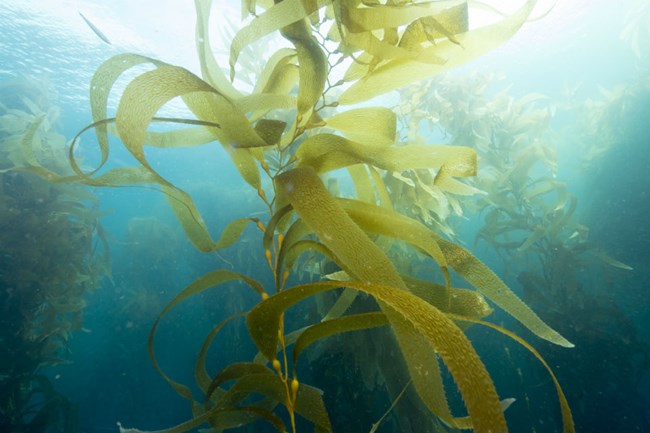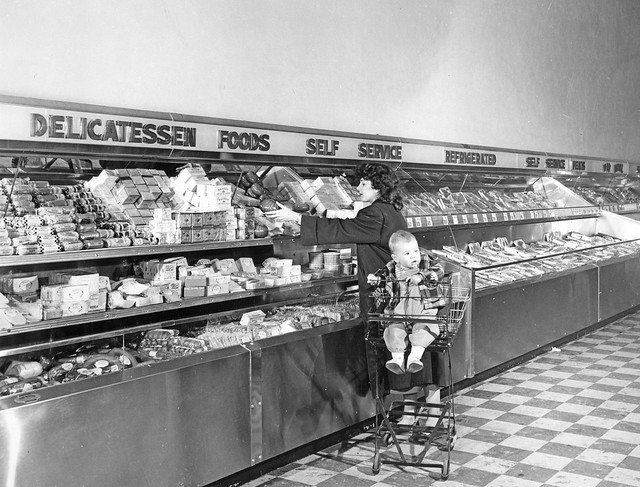“We are all storytellers; we make sense out of the world by telling stories. And science is a great source of stories. Not so, you might argue. Science is an objective collection and interpretation of data. I completely agree. At the level of the study of purely physical phenomena, science is the only reliable method for establishing the facts of the world.
But when we use data of the physical world to explain phenomena that cannot be reduced to physical facts, or when we extend incomplete data to draw general conclusions, we are telling stories. Knowing the atomic weight of carbon and oxygen cannot tell us what life is. There are no naked facts that completely explain why animals sacrifice themselves for the good of their kin, why we fall in love, the meaning and purpose of existence, or why we kill each other.”
From Nautil.us, how science and story interact, for good and bad. Our Brains Tell Stories So We Can Live, (8-minute read)

The Malthusians amongst us believe that population and climate change interact and will leave us hungry. We see the rise of laboratory meat, in Beyond Burgers and Impossible Burgers, similar seafood is just around the corner, and of course, there are many insect food candidates. Kelp me out here is a pictogram – a means of illustrating information describing seaweed as a possible food source. The data is intriguing and is made more so by how it is illustrated. From the website, Information is Beautiful, that provides training and examples of ways to make your point in the “one picture is worth a thousand-word” tradition.

“The decades-long Cold War between the United States and the USSR featured a space race, an arms race, and… a farms race. This farms race — which involved substantial government policies to deliver high-volume and standardized agriculture — was about more than just food; it was a battle over which was the superior system, communism or capitalism.
The farms race had an obvious winner: American supermarkets were filled with affordable food, while the USSR was ultimately forced to import grain from the United States.”
With that introduction, Freakonomics goes on to discuss, How the Supermarket Helped America Win the Cold War. It is available as a podcast with transcript, or in a written summary (8-minute read), your choice. While it begins as a discussion of the supermarket, it transitions over to talking about the unintended consequences of forces responsible for our winning the food race. Think farm subsidies, fruits, and vegetables more expensive than a Big Mac.
The most significant force behind those supermarkets may well have been consumerism, a behavior that persists globally. And there is no more exceptional poster child for consumption than the all-consuming Amazon. Consider this quote from the Freakonomics podcast.
“I used to ask my class, I’m talking 1985, “Where is the world’s largest supercomputer?” And the correct answer was, “It’s at the Pentagon.” Okay. “Where is the world’s second largest supercomputer?” Bentonville, Arkansas.”
Yes, we are talking Walmart – they used that computer to control their shelves and in the process became the largest brick and mortar store in the world – more than $375 billion in retail sales in 2017 (for comparison, California’s state budget is roughly $200 billion). Amazon took their knowledge and went on to build a marketplace with endless shelf space. Here is a look at Amazon and their biggest customer, Amazon. It lets them grow, and it keeps them competitive. What is Amazon?
Photo credits:
Kelp: Giant Kelp - Channel Islands National Park National Park Service Photo
Supermarket: Gifford Photographic Collection via OSU Special Collections & Archives/Flickr




